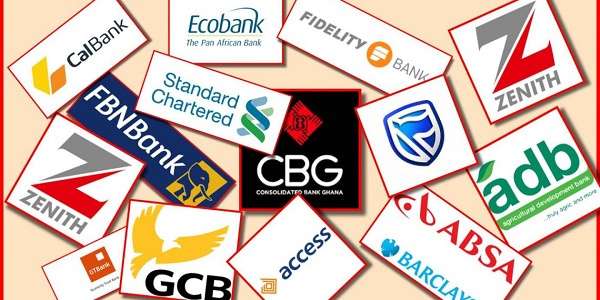BoG reports 184% increase in bad debt for banks in 2022
The total provision made were classified as loan losses, depreciation, and others. While the Bank of Ghana did not provide specific reasons behind this bad debt, it is believed that a difficult economic environment that triggered a high cost of borrowing may be the main reason.
Ghana’s banking sector is facing significant challenges in light of the rising levels of non-performing loans (NPLs) that banks are grappling with.
According to the latest data from the Bank of Ghana, the country’s central bank, banks operating in Ghana wrote-off about ¢5.9 billion as bad debt in December 2022.
This represents a staggering 184.2% increase over the previous year, highlighting the severity of the problem.
The total provision made were classified as loan losses, depreciation, and others. While the Bank of Ghana did not provide specific reasons behind this bad debt, it is believed that a difficult economic environment that triggered a high cost of borrowing may be the main reason.
Ghana has faced several economic headwinds in recent years, including high inflation, a depreciating currency, and a rising debt burden, all of which have contributed to a challenging operating environment for businesses and individuals.
According to the Bank of Ghana, the industry’s NPL stock increased from ¢8.2 billion in December 2021 to ¢10.4 billion in December 2022. This is partly reflecting the revaluation of foreign currency NPLs and the deterioration in some domestic currency loan portfolios.
In terms of distribution by economic sector, the private sector accounted for a larger stock of NPLs, consistent with its larger share of total credit. However, its share of total NPLs declined from 96% to 92.4% between December 2021 and December 2022, while the share of public sector NPLs increased from 4% to 7.6%.
Meanwhile, the industry’s asset quality improved during the period under review following the decline in the NPL ratio from 15.2% in December 2021 to 14.8% in December 2022.
When adjusted for the fully provisioned loan loss category, the industry’s NPL ratio also improved from 5.8% to 4.8%.
However, the construction sector continued to remain the sector with the highest NPL ratio of 29.1%, indicating the particular challenges that this sector is facing. In contrast, the mining and quarrying sector maintained the lowest NPL ratio of 4.0% during the period under review.
Sectors that recorded declines in NPL ratios were mining and quarrying (from 9.9% to 4.0%), electricity, water, and gas (from 15.4% to 10.6%), agriculture, forestry, and fishing (from 29.0% to 24.3%), manufacturing (from 17.0% to 14.0%), transport, storage, and communications (from 13.7% to 10.5%), and commerce and finance (from 20.3% to 19.4%).
The Bank of Ghana has been working to address these challenges in the banking sector, including through regulatory and supervisory measures aimed at strengthening the resilience of banks and ensuring that they are able to withstand shocks to the financial system.
However, the high levels of NPLs suggest that there is still more work to be done to address the underlying issues that are contributing to this problem.
As such, stakeholders in the Ghanaian economy will need to continue to work together to find solutions to the challenges facing the banking sector, with a view to promoting sustainable economic growth and development in the country.
Source: norvanreports.com


